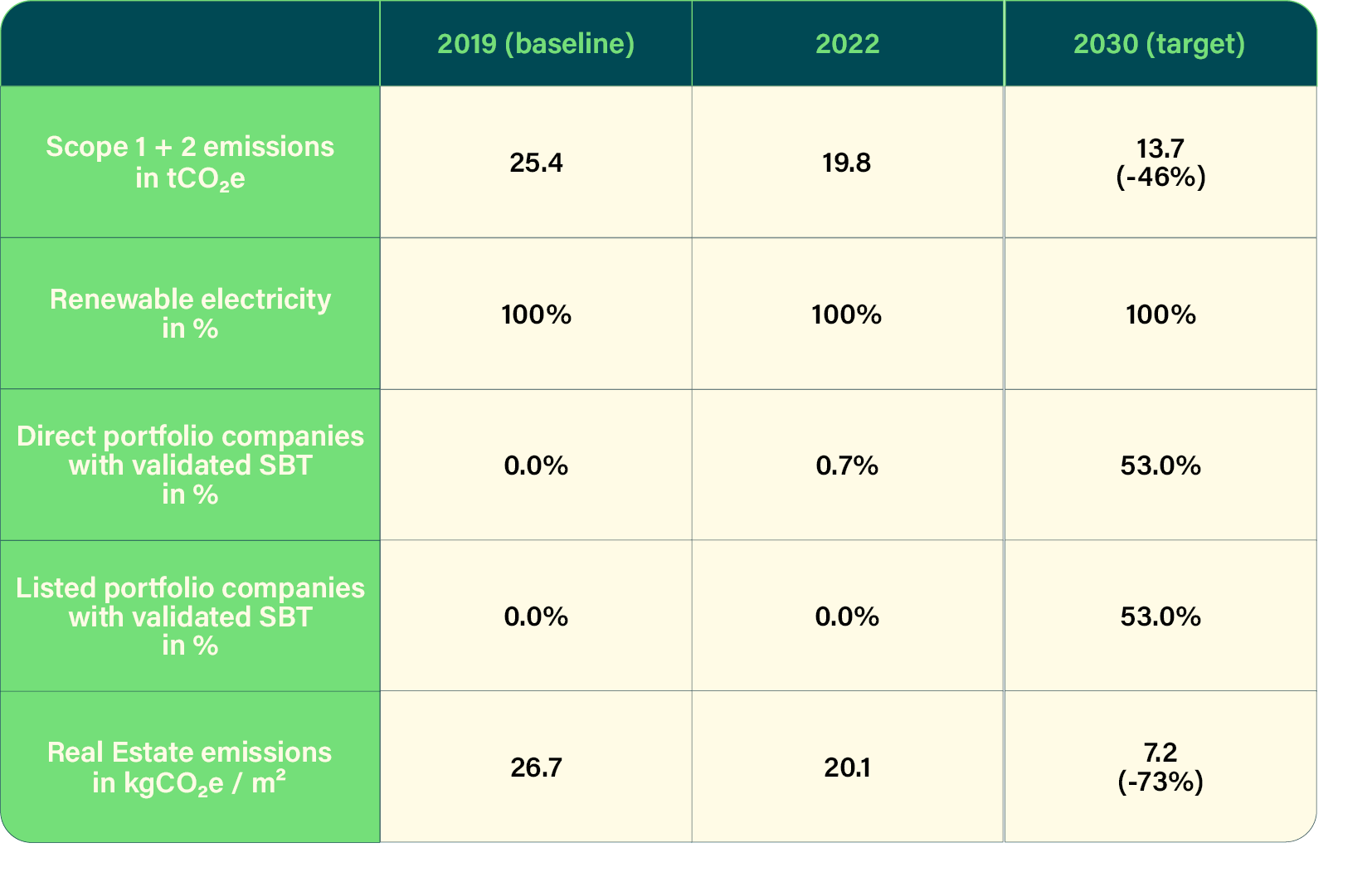We all agree: companies need to reduce their carbon emissions. But by how much do CO2 emissions have to be reduced to make a difference? To answer that question, we set reduction targets and had them validated by the Science Based Targets initiative (SBTi), an organisation that helps companies scientifically substantiate their targets.
By 2030, as a family office, we aim to reduce our own CO2 emissions by 46% compared to 2019. We also want to curb our indirect emissions. In 2021, we decided to commit to the Science Based Targets. These are science-based targets that allow companies to thoroughly analyse their emissions and reduction plans. “We wanted to make sure our CO2 reduction plans were ambitious enough,” says Project Manager Sustainability Mark Schravesande. "The Science Based Targets initiative (see below) was still relatively new at that time, but already well on its way to becoming the global standard.”
“Worldwide, we were among the first 20 financial institutions willing to commit. Our validation process was part of a pilot to test initial guidelines for the financial sector. Not everything was clear yet, which made the formulation of our targets quite challenging.” During the validation process, the SBTi published an initial version of a separate set of guidelines specifically for private equity organisations. “We adjusted our calculation and wording accordingly.”




















